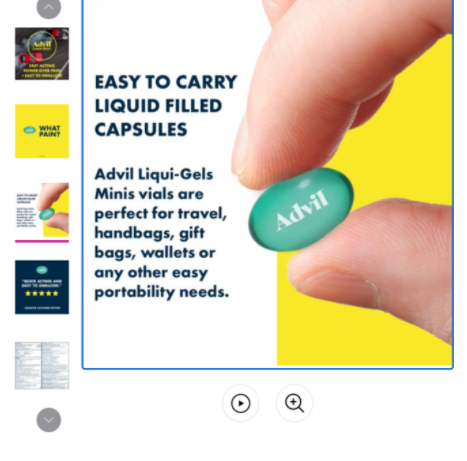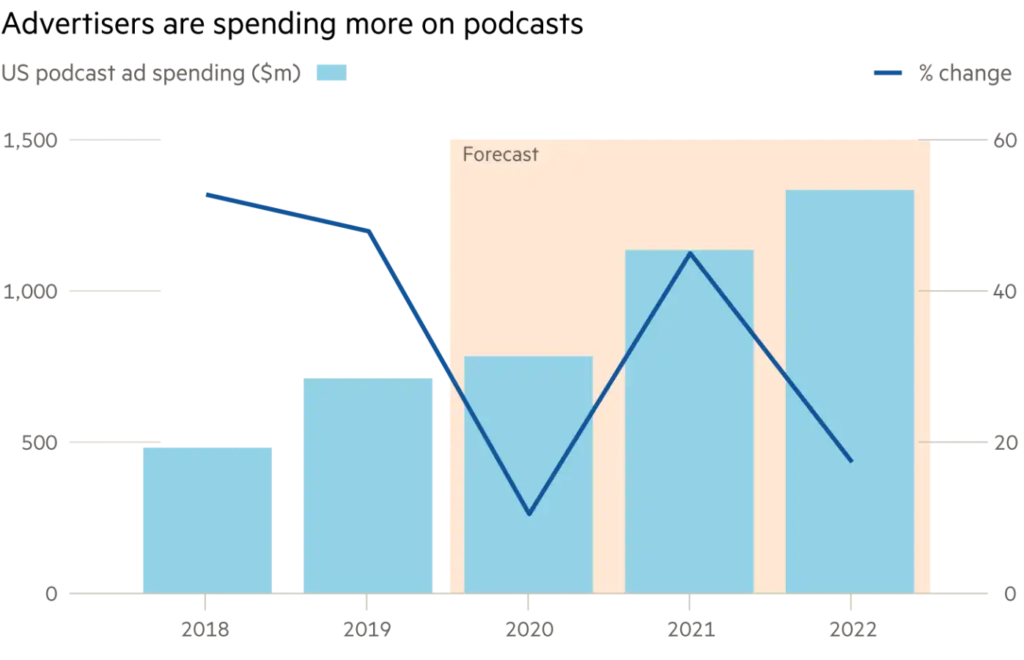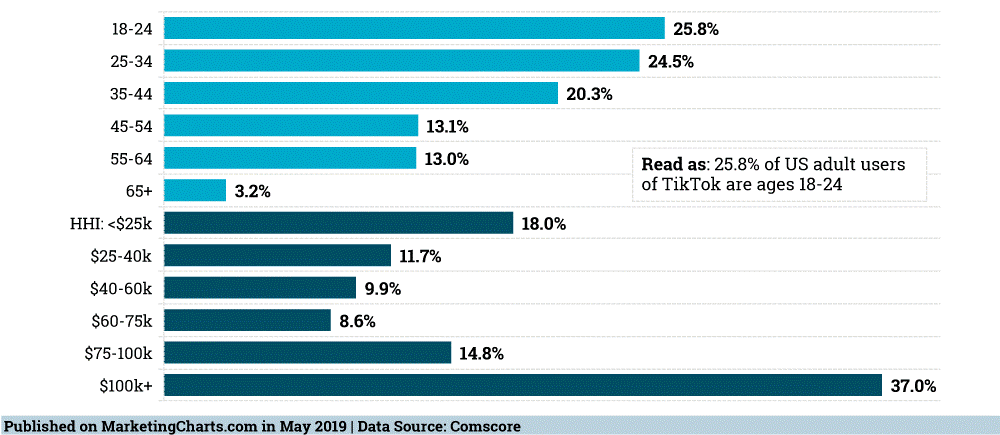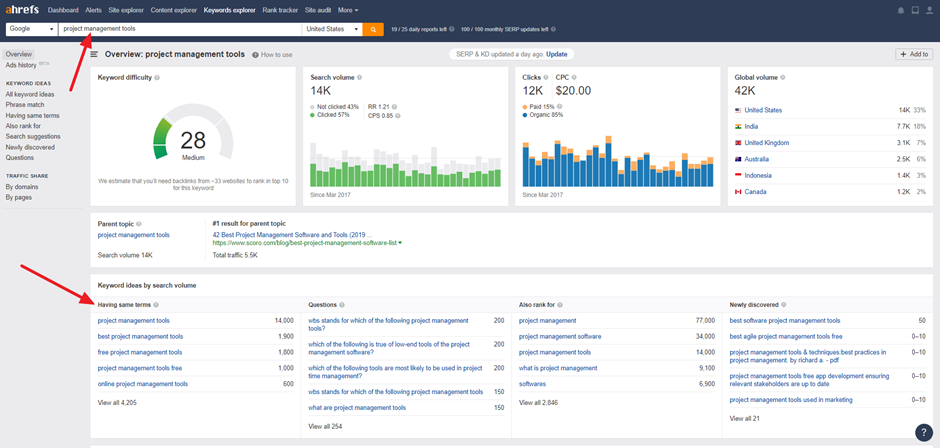Whether you’re a customer or an advertiser with Amazon, quite a few benefits can be reaped from both ends of the spectrum. Amazon Prime Day was a good reminder of the power this online shopping platform holds. In this article we discuss the inner workings of Amazon SEO.
We’ve gathered all the data you need to be successful when selling or advertising on Amazon. Together, we’ll define it, and look into its best practices.
What is Amazon SEO?
SEO is used on a variety of platforms, not just Google or Bing. If you have a product page on Amazon, or represent someone who does, Amazon SEO decides the level of exposure for your products.
Amazon has a specific search algorithm that works differently than platforms such as Bing or Google. This is because Amazon is a shopping platform rather than an engine used for all forms of web content.
How Does Amazon SEO Work?
There are three major factors that make Amazon SEO work for a product page. They are as follows:
- Amazon’s search result page
- Amazon’s sponsored products
- Amazon search filters
Each of these three is equally important for allowing the products to sell on the dedicated page.
These Are Amazon SEO Best Practices
Amazon Keyword Optimization: Make sure you’re selecting keywords that match your products. Finding the best keywords might require focused research on your target audience.
Observe your competition and see why others are ranked higher, and then combat them by finding out what relating keywords could prosper. Keep these three tips in mind to help your efforts:
- Ensure that the keywords on your list truly hold the potential for traffic. Make sure to analyze the popularity and size of the market for each term.
- Write quality content that can nurse those keywords while connecting customers with their needs.
- Evaluate the keywords your customers are using. This will help to gauge the effectiveness of them.
Amazon Product Title Optimization: For more product views, you must boost visibility and rankings using the product’s title. Once you add all the necessary information to your title, you’ll have a higher chance of success.
Titles should include the following, if relevant:
- Color
- Quantity
- Material
- Product
- Brand
Product Image Optimization: Most people need to see what they’re purchasing before they actually buy it. Visuals represent an ideal presentation of the product, and garners trust from the consumer.
Images should be of high quality and are able to truly grasp the product features. Are there extra buttons? Show it. What about a specific color? Make sure it appears clear.
Backend Keywords: Search terms are actually to shoppers, but are indexed by Amazon’s A9 algorithm? This allows backend keywords to have a positive impact on a product search. Make sure you incorporate the following for backend keywords.
- Keywords that were not incorporated into the description or title.
- Products can’t be misspelled or they might be missed by shoppers.
- Translation of words in different languages. Keep this in mind for your target market.
- Any other relations your shoppers may be seeking.
Pricing Strategy: Price is just as important as the product itself. Make sure that the price reflects the quality of the product, and that the pricing is competitive to the current market. If an item is cheaper on a competitor’s site, you run the risk of losing customers.
The Amazon A9 Algorithm: It’s important to grasp how the Amazon A9 algorithm works if you want to be successful advertising products to different customers.
Our Final Thoughts
Do you find Amazon SEO important for your online business? Many of the available Amazon tools can be a good resource to help you sell your products. Why not use it to your advantage?
Let us know if you’ve used SEO for Amazon and its algorithm before. Is Amazon not the platform for you? Tell us why, because we’d love to know!







